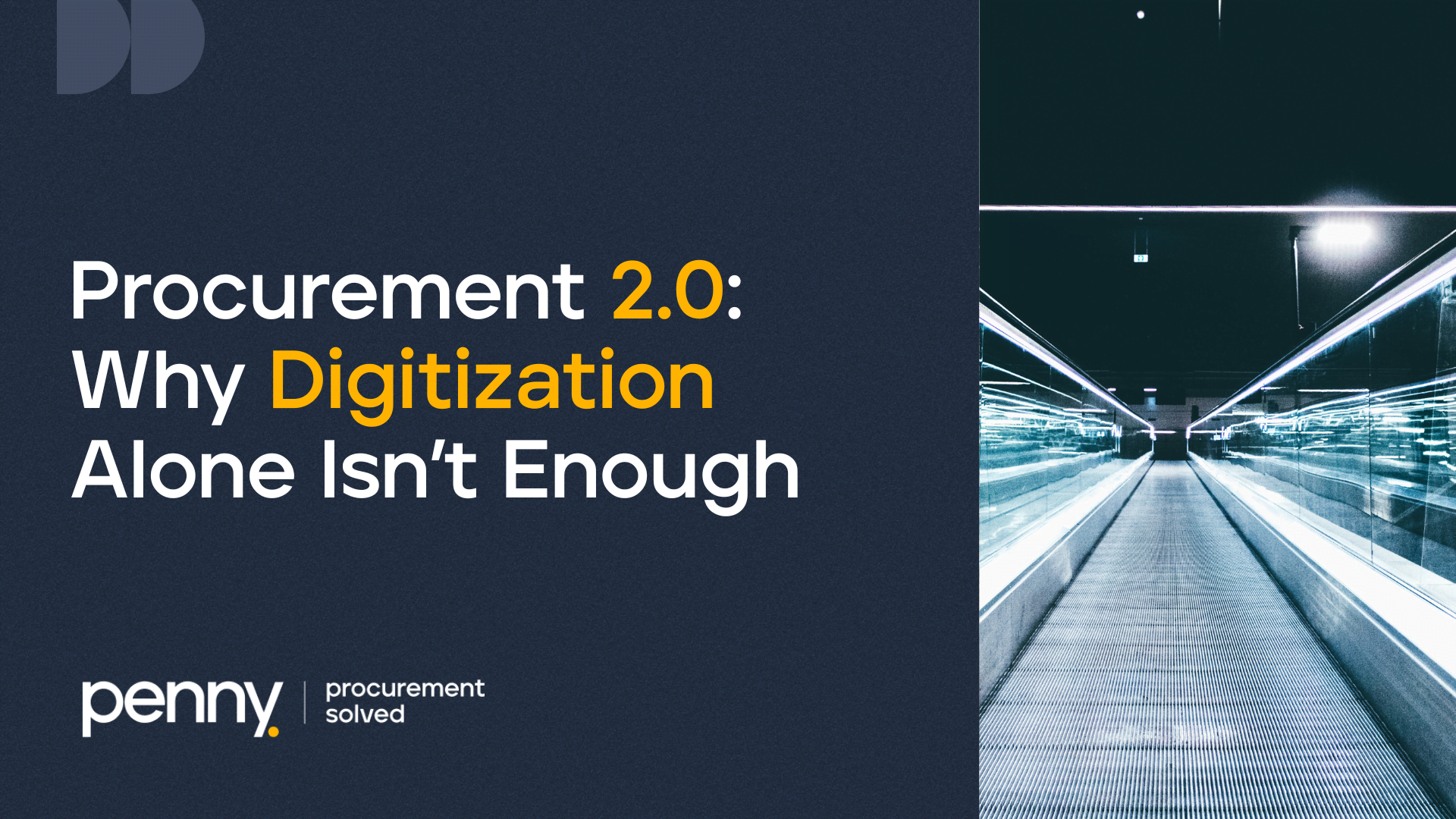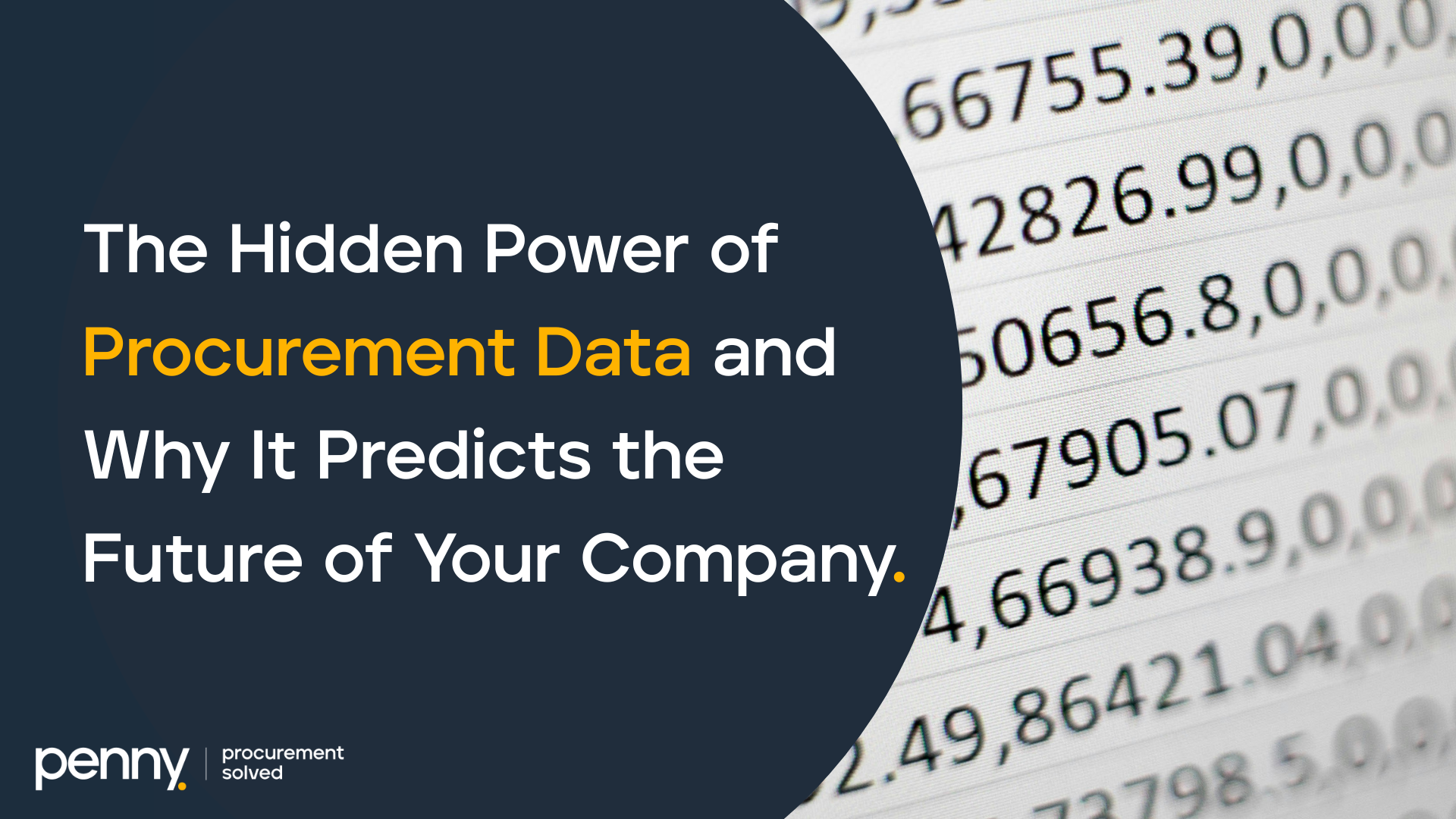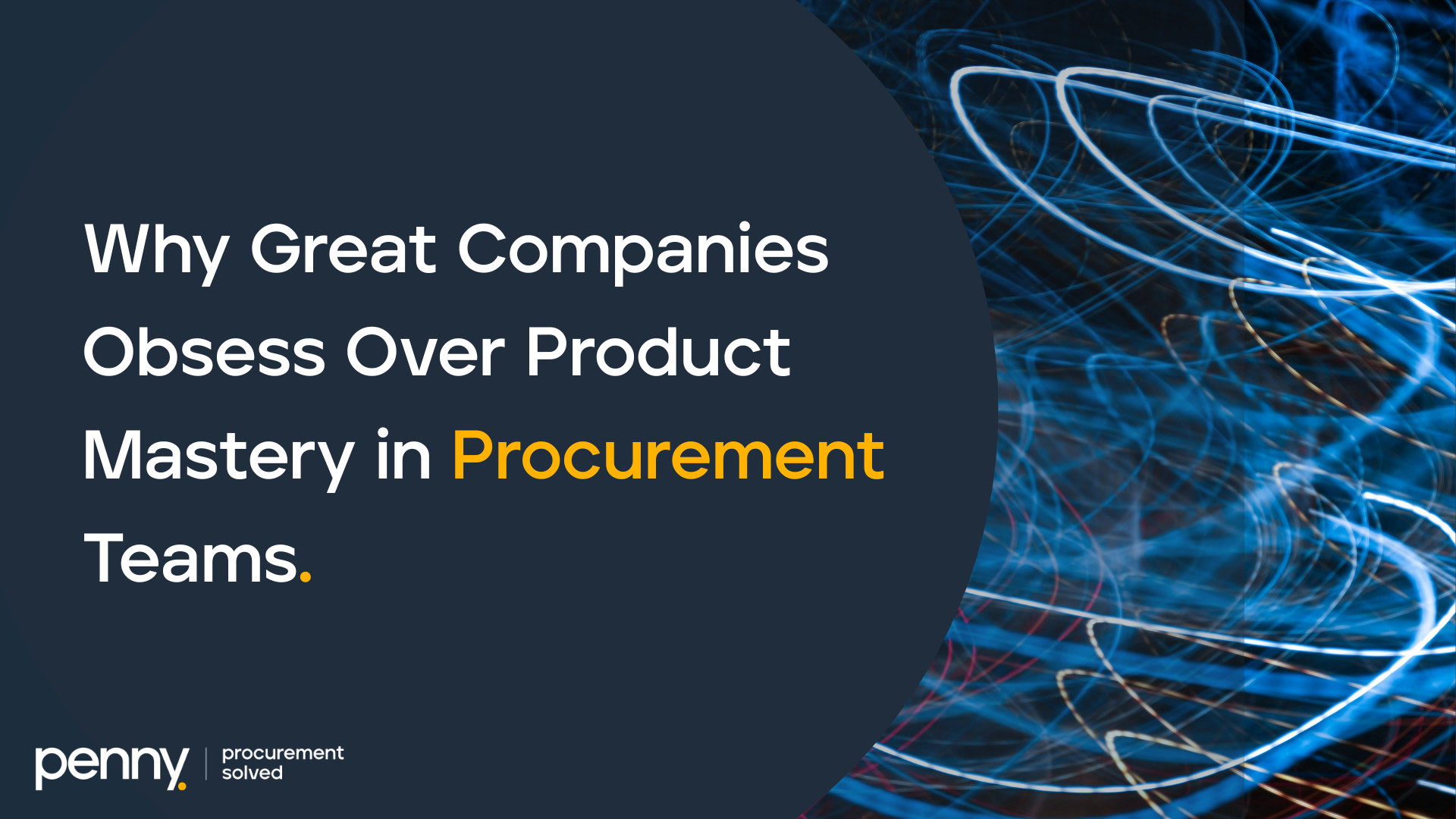
The First Wave: Digitization
In the past decade, many organizations proudly announced, “We’ve digitized our procurement.”
That usually meant shifting from paper and email-based purchasing to an online system automating approvals, sending RFQs digitally, and tracking spend on dashboards.
That was Procurement 1.0 — the first wave of digital transformation.
It made procurement faster and more organized, but it didn’t make it smarter.
The Gap: Digital Doesn’t Always Mean Intelligent
Here’s the truth: Digitization alone doesn’t guarantee better decisions.
Many organizations today have procurement software, yet they still:
- Approve poor supplier selections.
- Miss savings opportunities hidden in data.
- Struggle with fragmented visibility across departments.
That’s because automation alone only digitizes transactions not decisions.
Procurement 2.0 is about taking the next step: Using data, analytics, and governance to improve the quality of procurement decisions, not just the speed of them.
Procurement 2.0 = Decision Intelligence
This means moving from “we process POs faster” to “we make better sourcing decisions.”
In this stage of maturity, procurement teams leverage:
- Data-driven insights: Predictive analytics that show which suppliers offer the best combination of price, quality, and reliability.
- AI-powered recommendations: Systems that flag outlier pricing, supplier risks, and negotiation opportunities.
- Governance by design: Automated workflows that enforce compliance and transparency.
When technology and intelligence work together, procurement evolves from a cost center to a value creation engine.
Why the Shift Matters Now
The global procurement landscape is changing fast:
- Volatile supply chains demand faster, smarter decision-making.
- CFOs are asking procurement to prove measurable ROI.
- Regulators are tightening rules around ESG and local content.
Digitization helped organizations cope with volume. Procurement 2.0 helps them adapt to volatility turning information into advantage.
What Procurement 2.0 Looks Like in Practice
Let’s look at a practical example:
| Stage | Old Process | New Process |
| Supplier Selection | Based on legacy relationships | Based on performance, pricing, and risk data |
| Approvals | Sequential, manual | Automated with clear governance |
| Spend Analysis | Quarterly, backward-looking | Real-time, predictive, actionable |
| Reporting | Manual Excel reports | Dashboards with live KPIs |
This isn’t futuristic, it’s what leading procurement organizations are already doing today.
The ROI of Decision Intelligence
Organizations that implement decision-intelligent procurement systems typically achieve:
- 6–10% direct cost savings through better sourcing outcomes.
- 30% faster procurement cycles from automation and AI.
- Higher compliance and transparency, reducing audit risks.
The combination of speed + governance + analytics delivers compounding value across every project and supplier relationship.
How Penny Software Powers Procurement 2.0
Penny Software helps organizations evolve beyond digitization into decision-driven procurement.
With Penny, companies can:
✅ Automate sourcing and approvals end-to-end.
✅ Identify savings through supplier performance analytics.
✅ Gain real-time visibility into every spend category.
✅ Track ESG and local content compliance effortlessly.
What makes Penny different is that it doesn’t just digitize workflows, it enhances decision quality at every stage of procurement.
From smarter supplier selection to measurable savings, Penny enables the true promise of Procurement 2.0.
From Automation to Advantage
Procurement’s next evolution isn’t about doing the same things faster it’s about doing smarter things entirely. Digitization is the foundation. Decision intelligence is the future.
Book a personalized demo with Penny Software and see how Procurement 2.0 can redefine your sourcing strategy

